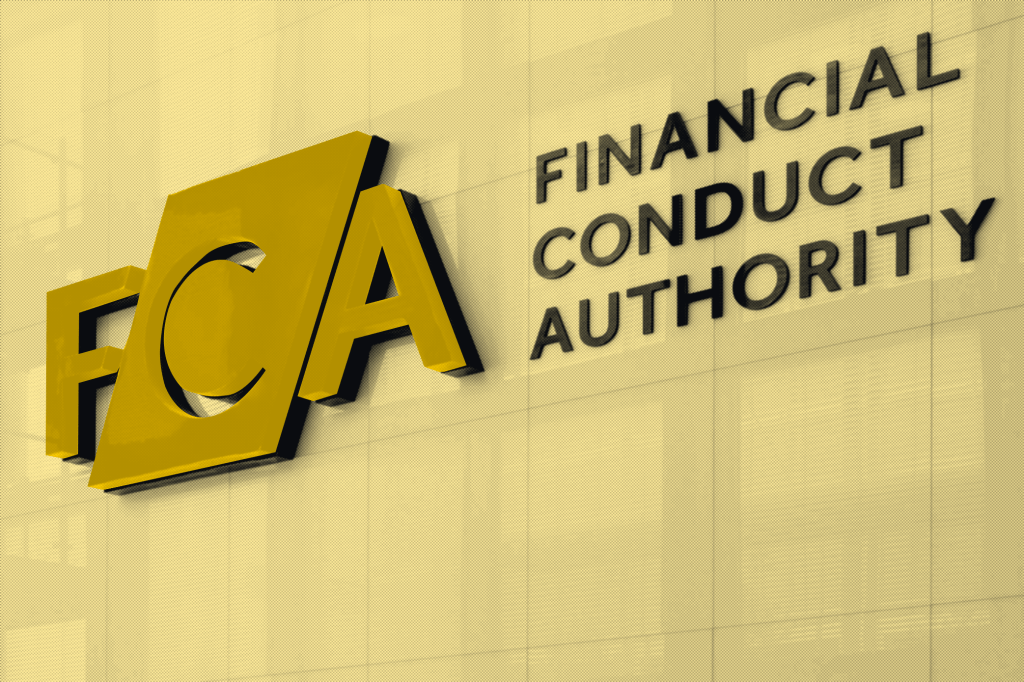The FCA has previously conducted thematic reviews on asset management firms and the risk of market abuse, though a thorough follow-up review has not occurred since the original publication in 2015. Based on recent observations and client examples, and as part of our wider insight series on tackling market abuse (see
Register for free to keep reading
To continue reading this article and unlock full access to GRIP, register now. You’ll enjoy free access to all content until our subscription service launches in early 2026.
- Unlimited access to industry insights
- Stay on top of key rules and regulatory changes with our Rules Navigator
- Ad-free experience with no distractions
- Regular podcasts from trusted external experts
- Fresh compliance and regulatory content every day

















